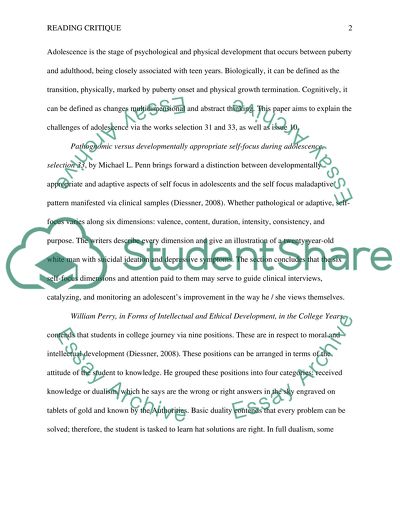Cite this document
(“Reading Critique Essay Example | Topics and Well Written Essays - 1000 words”, n.d.)
Retrieved from https://studentshare.org/psychology/1447606-reading-critique
Retrieved from https://studentshare.org/psychology/1447606-reading-critique
(Reading Critique Essay Example | Topics and Well Written Essays - 1000 Words)
https://studentshare.org/psychology/1447606-reading-critique.
https://studentshare.org/psychology/1447606-reading-critique.
“Reading Critique Essay Example | Topics and Well Written Essays - 1000 Words”, n.d. https://studentshare.org/psychology/1447606-reading-critique.


